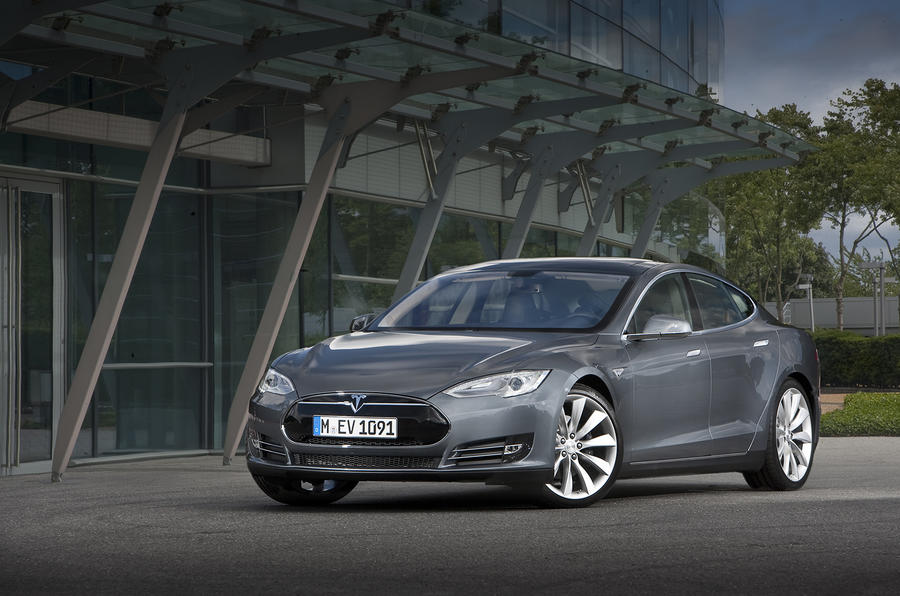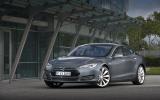What is it?
The Tesla Model S – an S-class-sized electric saloon built in California, the first official example of which has just arrived in the UK. You're reading a UK-roads review here first, then.
You’ve got to hand it to this company. While the rest of the global industry hedges its bets - watching, waiting, perhaps dipping its toe into the water with super-low-volume sports cars, short-range hatchbacks and halfway-house plug-in hybrids – America’s latest maverick car maker is ploughing on with the electrification of the car with total commitment.
Undeterred by the market’s slow uptake of battery cars, Tesla has remained on course to flesh out its product range to include several entirely discreet models by 2015. The Lotus-based Roadster is no more, but before the next two years are out, this firm will be offering small and large saloons, as well as a crossover SUV, to those looking to abandon the petrol pump indefinitely. The motoring public may be yet to take to an EV in serious volume, perhaps because they’ve yet to be offered the right one. Tesla’s bold solution is to come up with three, and in fairly short order.
Into that context, enter the first instalment. In the first three months of 2013, this car outsold the Mercedes S-class, the Lexus LS and the Audi A8 in its domestic market. It beat the BMW 7-series by more than two to one. So it’s proving quite popular – and not just for an EV.









Join the debate
Add your comment
Tesla Charging
An earlier post or two quoted a charging time of 15 hours but also mentioned a 40 Amp power feed. Normal (UK) power sockets are rated at 13 Amps. So is 45 hours the likely charging time before spending extra dosh on high-capacity electrics in the garage?
That does seem high....it should be possible to charge at 3 kW through a normal socket so a full charge from empty would take 28 hours. Given that the battery is unlikely to be almost flat, a long overnight charge might just keep things running for a daily 100 - 150 miles.
Realistically an upgrade to the electrics would make sense.
TESLA TEST
The Tesla Model S is very similar in size and performance to the £62,000 Audi A7, not the S8 which is larger and quicker. All the other luxury cars Mr. Saunders mentions are also larger. The Tesla is an executive, not luxury saloon, fitting firmly into the same class as the A7, A6, E-Class, 5-Series and GS.
You quote 0 to 60 mph in 4.2 seconds for the Tesla, which is Audi's S8 claimed time to 100 km/hour, or about 62 mph. In US tests the S8 has reached 60 mph in 3.5 secs and 100 mph in 8.4 seconds, both significantly quicker than the Tesla. The Audis are also 25 mph faster. Like all petrol and diesel cars, the Audis can be refuelled in less than 10 minutes, not 10 hours or more.
Electric cars have indeed improved since they last challenged petrol cars over a century ago, but so have the petrol and now diesel cars. Politics, not logic, is the main difference this time around. Electricity is cheaper because the coal and oil burned to make it is hardly taxed at all, unlike petrol and vehicle diesel. And the UK company car tax is an artificial advantage that may not last and is irrelevant to private buyers. Politicians the world over love electric cars these days. And when politicians all agree on something, watch out!
UK
Deliveries just began in EU; have any RHD come to the UK yet?